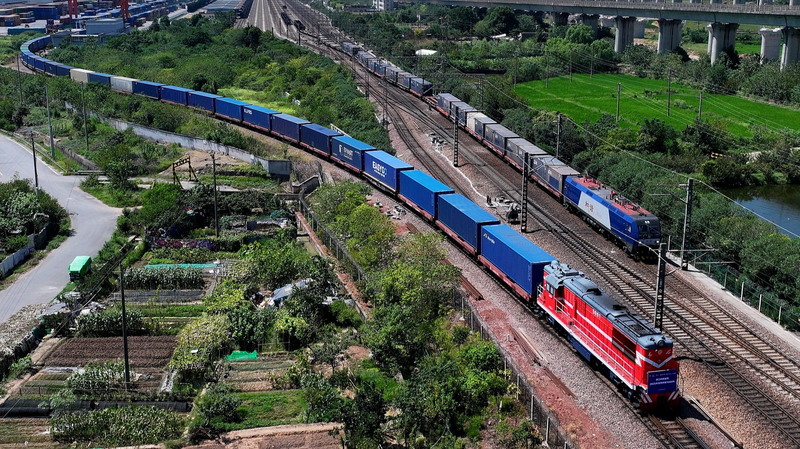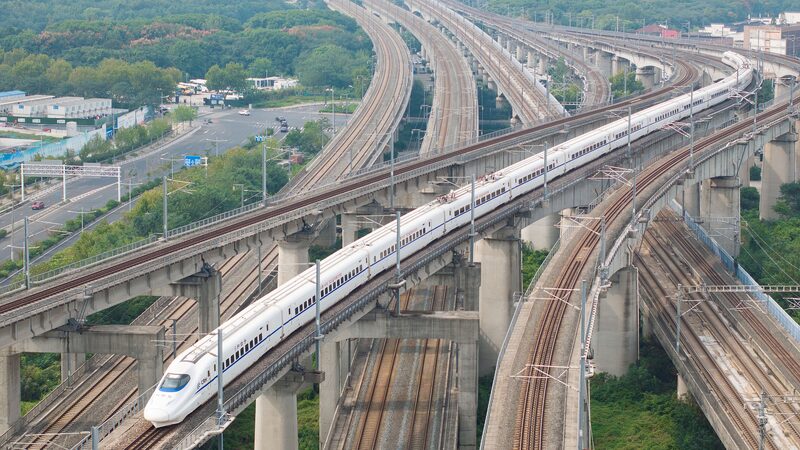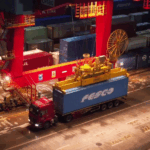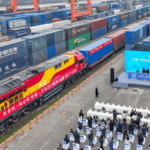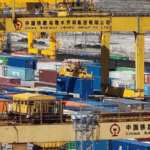In Xi'an, where ancient Silk Road traders once guided camel caravans, a modern marvel now dominates the landscape: the China-Europe Railway Express. This year marks a historic milestone for the transcontinental network, which currently connects 229 cities across 26 European countries and over 100 Asian urban centers in 11 nations.
The 'steel caravans' have transformed global logistics, carrying everything from electronics to renewable energy components. Recent data shows a 15% year-on-year increase in cargo volume through November 2025, with Xi'an maintaining its position as a key eastern terminus.
Economic analysts highlight the railway's growing importance in Eurasian trade dynamics. 'This network has become Asia's economic lifeline to Europe,' notes Dr. Li Wei of Beijing University. 'It's reshaping supply chains faster than maritime routes while remaining more cost-effective than air freight.'
The infrastructure's resilience was tested earlier this year when it maintained operations during Red Sea shipping disruptions, demonstrating its strategic value. Environmental advocates also praise its lower carbon footprint compared to air transport, aligning with China's green development goals.
As winter approaches, the railway prepares for its annual peak season, with special refrigerated containers standing ready to transport seasonal goods. Plans for 15 new border crossing facilities announced this month promise to further streamline cross-continental trade in 2026.
Reference(s):
cgtn.com
